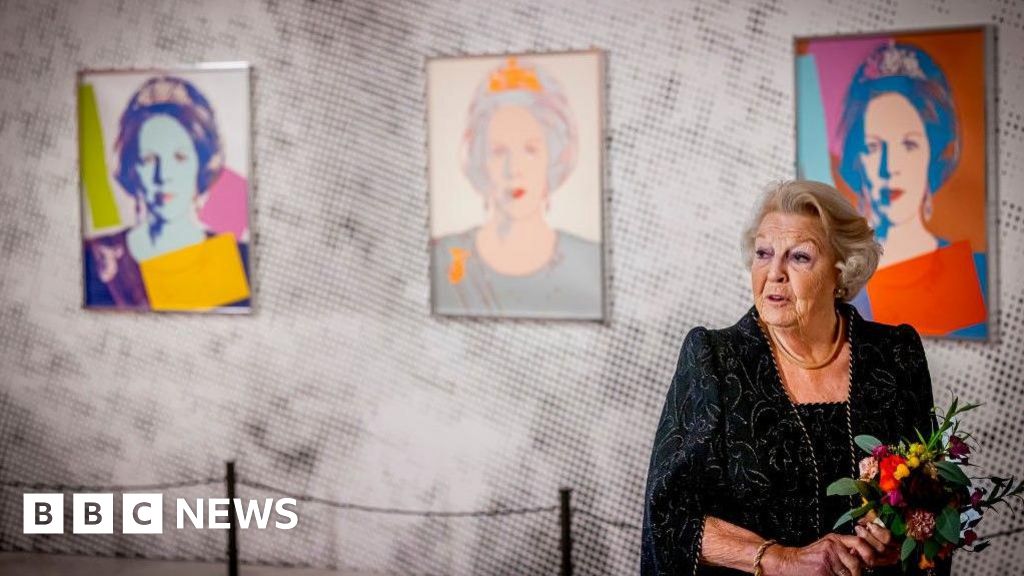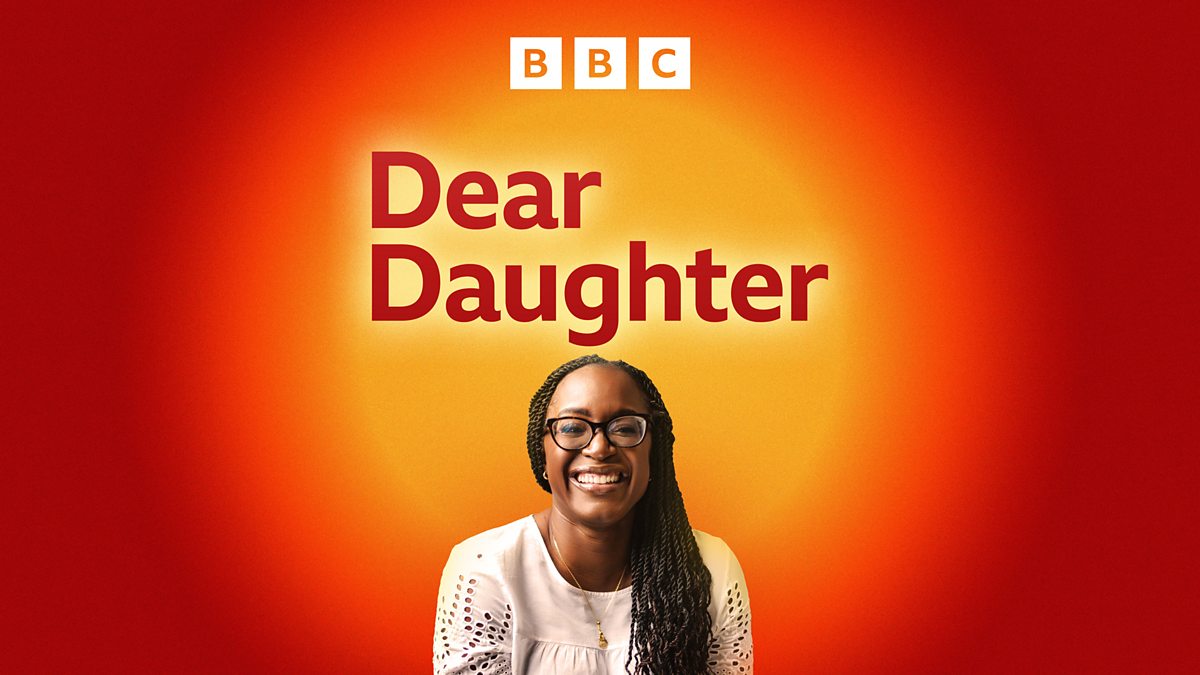The Evolution of Film Editing: Preserving Creativity in a Remote World

In the realm of film editing, the essence of creative collaboration and experimentation has always been pivotal to the craft. For film editors, the cutting room has traditionally served as more than just a workspace; it has been a sanctuary where editors, directors, agency creatives, producers, and clients convene to collaboratively shape narratives. This space is critical, where raw footage undergoes a metamorphosis into a cohesive story through numerous decisions, discussions, debates, and moments of creative risk. Historically, it has functioned as the nerve center of projects, a venue where ideas are challenged and refined, and where creative excellence is tirelessly pursued, ultimately shaping the careers of those involved.
Whether tasked with cutting a 30-second commercial, an evocative documentary, or an ambitious feature film, the face-to-face interactions that occur in the cutting room provide editors with invaluable guidance. Such interactions offer essential context, allow for meaningful debates, and empower editors to advocate for their creative choices. This dynamic fosters an environment where editors are equipped to make informed, confident decisions that serve the narrative effectively. Ultimately, telling a compelling story in the best possible way is at the heart of our mission.
However, in recent years, the collaborative and in-person nature of the editing process has experienced a significant disruption. Remote editing, once considered a niche solution, has now become the standard practice, propelled by advancements in technology and evolving industry expectations. Nowadays, it is not unusual for an editor based in London to collaborate with a director in Los Angeles and agency creatives in New York without ever having met in person. Interestingly, remote editing sessions often take place even when all stakeholders are within the same city, and there have been instances where these sessions occur within the same buildingproving that sometimes, the journey from one floor to another feels like too great a distance for some!
This transformation, while presenting remarkable opportunities such as wider access to talent and reduced travel needs, also introduces significant creative challenges. It begs the question: how can we ensure that we maintain the creative depth and storytelling sharpness that in-person collaboration naturally fosters when collaboration increasingly transpires through screens?
When sharing an edit with someonebe it a director, a producer, or even a spousethe edit takes on a new meaning. The viewers perspective adds layers to the understanding of timing, emotion, and the rhythm of the story. This shared experience carries a certain mystery that cannot be replicated simply by uploading a cut, sending a link, and awaiting comments. The real-time presence of colleagues, even just an arched eyebrow or a moment of silence, can convey more than a page of notes ever could.
Without this shared energy, editors risk becoming ensnared in their own creative bubbles, growing overly attached to choices that may not serve the story in the intended way. Such creative isolation can lead to inefficient decision-making. On the other hand, collaborationespecially in real-timeintroduces a friction that is constructive. It challenges instincts, refines decisions, and uncovers ideas that may have otherwise remained hidden.
This kind of shared discovery is often spontaneous and cannot be scripted or scheduled. It happens in the interstitial momentsin throwaway comments, shared glances, and casual conversations that precede a formal review session. These moments not only enhance the quality of the work but also render the process more human and enjoyable.
In the commercial sector, where timelines are tight and stakes are exceptionally high, collaboration serves as a catalyst for momentum. Editors find themselves making dozens of decisions every hour, attempting various approaches, moving swiftly, and correcting course as a team. Contrary to what some might think, its not merely agency creatives lounging in the post house ordering lattes and sushi! In the realm of long-form storytelling, while the pace may appear slower, the necessity for real-time exchanges remains just as critical. Through the process of iterationtrying, failing, adjusting, and reworkingeditors discover the truth inherent in the material. This type of experimentation flourishes in a collaborative, creative space.
Reflecting on a personal experience, I recall working on a significant commercial campaign in Amsterdama project fraught with high stakes and numerous moving components. During the initial days of editing, I struggled with the opening fifteen seconds, aiming to strike the right tone and rhythm to set up the remainder of the piece. After collaborating with the director on the first day, we found ourselves at an impasse. On the following day, after enduring seemingly endless iterations and false starts, we began to feel the fatigue set in. However, during the process of wrestling with the material together, a shift occurred. We began to respond to each others energy, tossing out half-formed ideas, experimenting rapidly, and reacting in real-time. Within hours, we had reimagined the opening in a novel way, ultimately unlocking the entire message of the piece. That breakthrough was not born from solitary work; it emerged from the push and pull of our collaboration, the momentum we created, and the concentrated time spent together, side by side, instinctively responding to each unfolding version.
Trust is another critical component of in-person collaboration. It is built quickly through shared experiences; one can read the room, discern tone, and observe body language. This trust fosters an environment conducive to healthy debate and disagreementessential elements in discovering storytelling greatness. In contrast, remote work, particularly when asynchronous, has a tendency to flatten these interactions. Feedback can become more cautious and transactional, making it less likely for an individual to propose a bold idea or challenge a note buried within a comments thread.
Moreover, we risk losing out on generational knowledge. Much of the craft is acquired through being physically present, not merely by observing someone at work but by witnessing how they listen, advocate for an idea, and navigate feedback. These vital lessons cannot be gleaned from a YouTube tutorial or through solely asynchronous work. They are absorbed over time through proximity. For emerging editors, this exposure is not only formative but also instructive in developing both technique and taste. If we lean too heavily into isolated workflows, we risk leaving new editors to piece together a craft once passed down through face-to-face interactions.
The emotional aspect of collaboration cannot be overlooked either. Being part of a team and feeling connected to the process sustains individuals, making the late nights and last-minute changes feel less burdensome. Isolation affects not only creativity but also morale.
This isn't an argument for a regression to previous methods; remote workflows are here to stayand in many respects, this is positive. The ability to collaborate across borders, time zones, and manage multiple projects in a single week was previously unattainable. Editors now have the flexibility to reside wherever they choose, even working on projects based in Los Angeles from a cozy cabin in the Scottish Highlands. This newfound freedom is significant, as is the time saved from traveling and the increased opportunities to be around friends and family.
The challenge lies in ensuring that, in this new landscape, we do not sacrifice the core elements that make our work exceptional. We must design our remote workflows not just for efficiency but also for creative depth. This necessitates prioritizing real-time collaboration during crucial moments. It requires creating space for conversation, pushback, and playful explorationnot just checking off items from a to-do list.
Additionally, we must carve out time to experiment, even in remote settings, and avoid treating every session as a mere box-ticking exercise. If we wish to preserve the vitality of creativity, we need to build workflows that allow for it.
Furthermore, mentorship is essential. If younger editors are not physically present, we must find innovative ways to bring the essence of the cutting room to them. This could involve group review sessions, live edit-alongs, or simply fostering more generous collaborative habits. Although knowledge can still be transmitted, we must exert extra effort to facilitate these exchanges.
We must also be discerning about the tools we choose for our work. The best creative tools are those that seamlessly integrate into the background. The platforms used for remote work should facilitate collaboration rather than become distractions.
So, how do we achieve this balance? While there may not be a single solution, several guiding principles emerge:
- Prioritize real-time collaboration: Whenever feasible, live sessions are the environments where genuine creative connections occur. Utilize them to your advantage.
- Create space for conversation: Avoid reducing the collaborative process to a simple list of tasks. Engage in discussions, debates, and inquiries.
- Dont skip the off-topic chat: Some of the most brilliant ideas stem from seemingly unrelated conversations. Allocate time for them.
- Be generous with knowledge: If you possess experience, share it. If youre new, ask questions. The craft relies on this exchange.
- Select the right tools: Dont adopt a platform simply because its trendy. Reflect on whether it aids in serving the story.
In summary, our role remains straightforward and unchanged: to serve the story. Whether we are physically present in a cutting room or collaborating from the comfort of our homes, this mission stands firm. What is paramount is our commitment to keeping the spirit of creativity alive and delivering the best stories possibletogether.
If we can preserve the essence of the cutting room, even as physical walls fade away, the future of post-production holds not only promise but brightness.


























